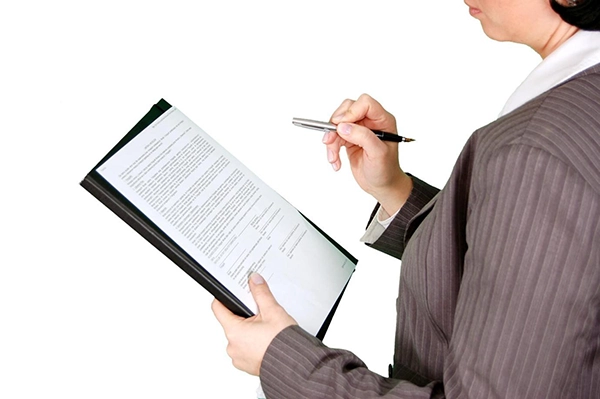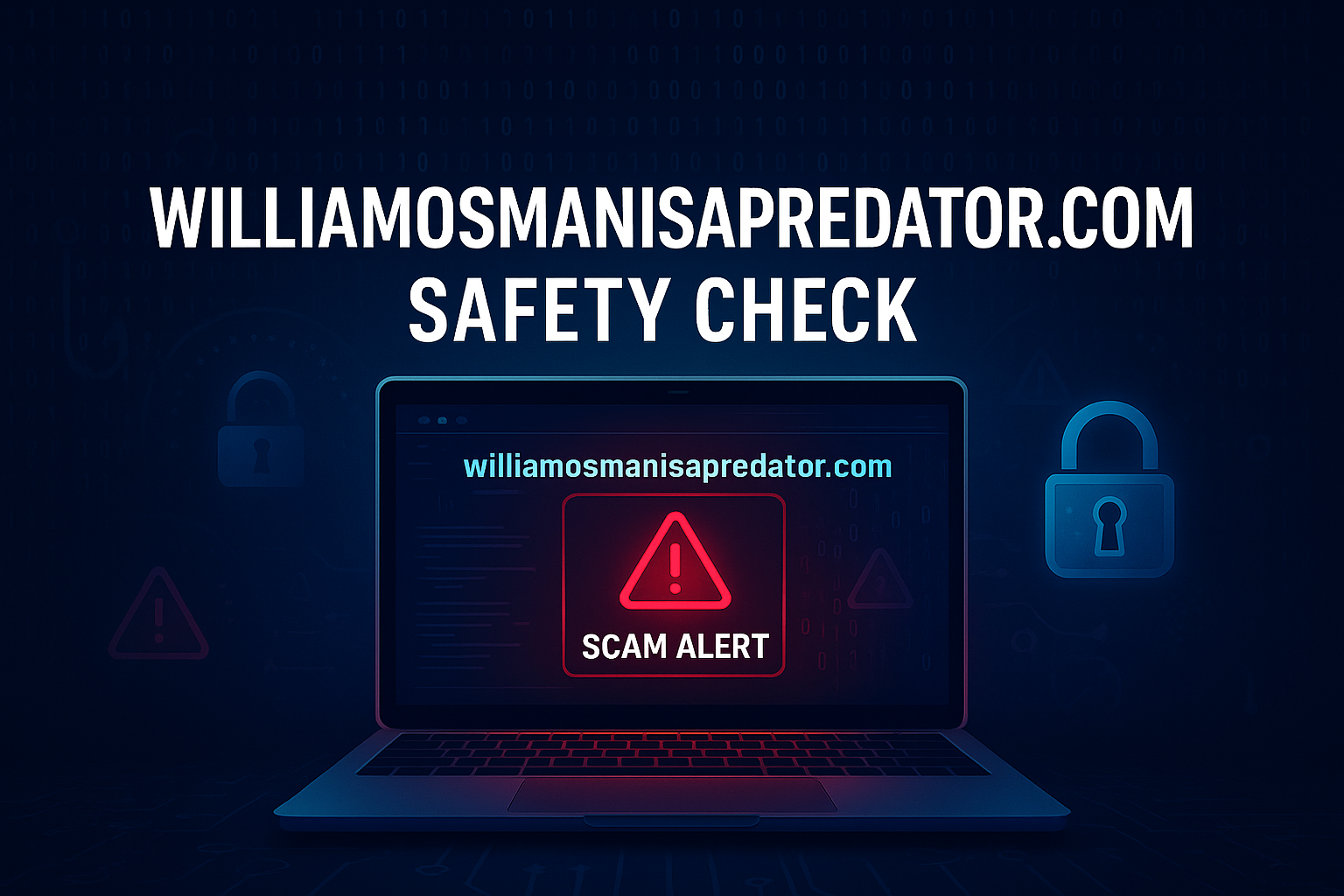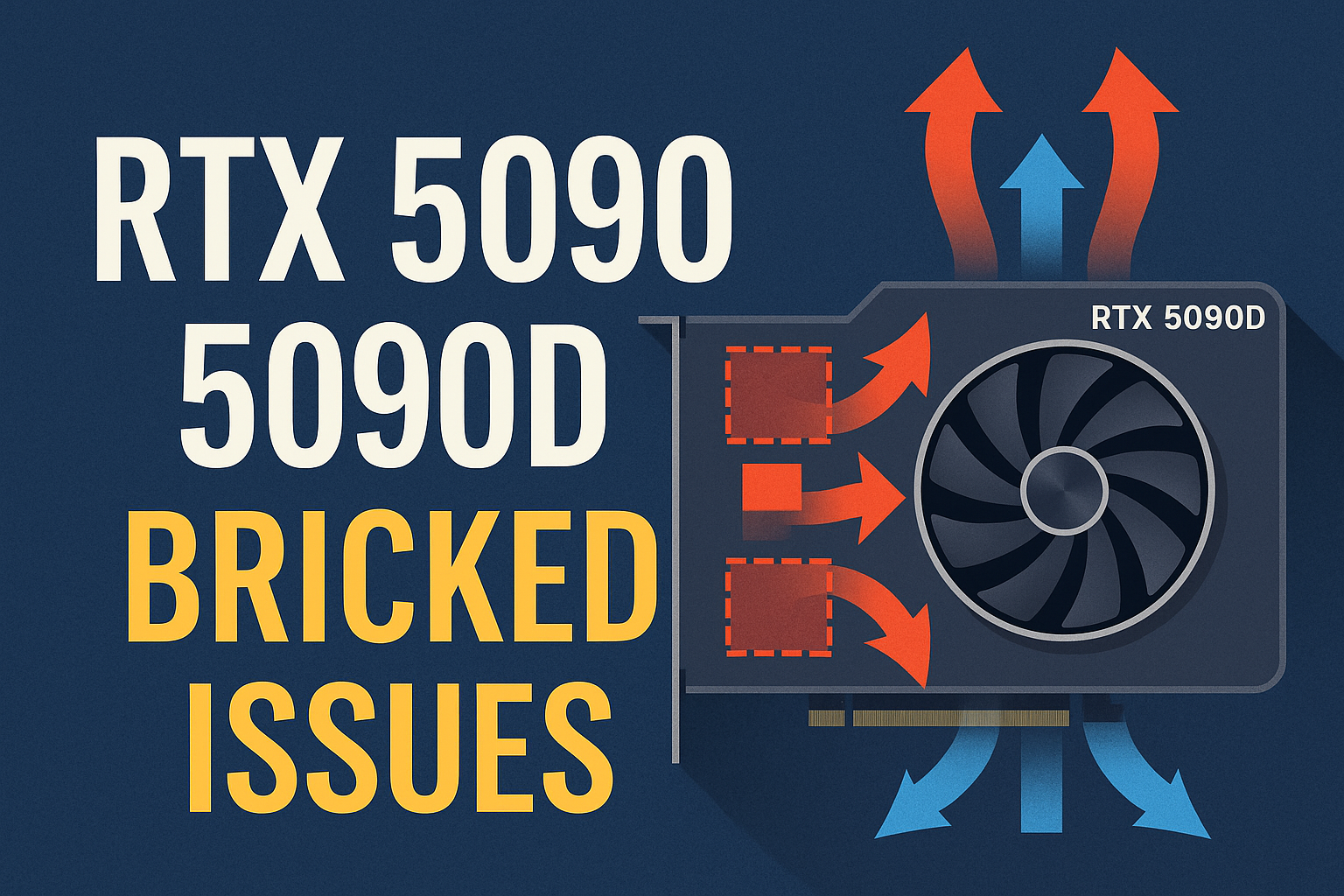
Do you know what your property deeds mean?
Many people sign it without knowing what it says. A property deed is more than a paper. It shows who owns the home. It can also affect taxes, selling, or passing the home to someone else. Learning about it now can help you avoid problems later.
You don’t need to be a lawyer to understand it. This guide will break it down in simple steps. Ready to learn what your deed says and why it matters? Keep reading and find out how to protect your home the smart way.
Grantor
The grantor is the person who gives or sells property to someone else. This person must have the legal right to transfer ownership. It’s important that the grantor signs the deed properly, showing their clear intent to transfer the property.
The grantor’s full name and correct details should be on the deed to avoid confusion or future problems. If the grantor does not have the legal authority or if the signature is missing, the deed may not be valid.
Understanding the role of the grantor helps you recognize one of the key elements of a valid deed, which ensures the property transfer is legal and binding.
Grantee
The grantee is the person who receives ownership of a property through a deed. It is important that the grantee’s name is spelled correctly and matches their legal identification to avoid any confusion or legal issues.
The grantee becomes the official owner once the deed is properly signed and recorded. Careful attention should be given to the details on the deed, including the grantee’s full name and address.
This helps make sure the property rights are clear and properly assigned. Keeping the information accurate is essential for a smooth transfer and future proofing of ownership records. Understanding who the grantee is helps clarify who holds the rights to the property after the transfer.
Legal Description
A legal description in a property deed shows the exact size and shape of the land. It is not just the address but uses clear details like lines, points, and landmarks to explain where the property starts and ends.
This helps to avoid confusion about the land’s borders. The legal description is very important when buying, selling, or building on the property. If it is wrong or unclear, it can cause big problems later.
Knowing this part of the deed helps make sure the land you own is the land you expect. It is a key part of the papers that prove what land belongs to you.
Title
The title is the legal proof that you own a property. It shows who has the right to use and control the land or home. Having a clear title means no one else can claim ownership or place a legal hold on the property.
Checking the title carefully helps avoid problems like unpaid debts or disputes. Knowing your title is free of issues helps you feel confident about your ownership and protects your investment.
Protect Your Home with Clear Knowledge of Property Deeds
Knowing how property deeds work helps keep your home safe. Checking key details like names and boundaries can stop problems before they start. Understanding deeds makes owning and selling property easier.
Taking time to learn about deeds gives you control and peace of mind. Protect your home by handling deeds carefully and staying informed at every step.
Did you find this article helpful? You can check out our website for more awesome content like this.










